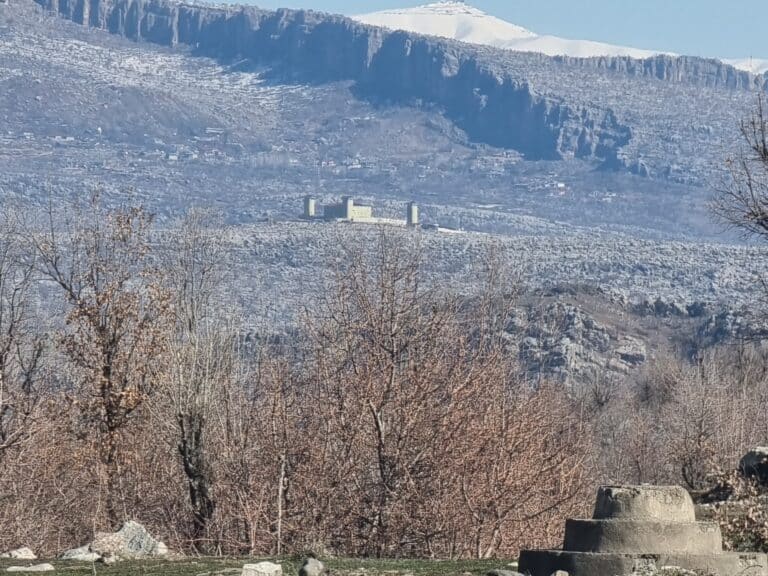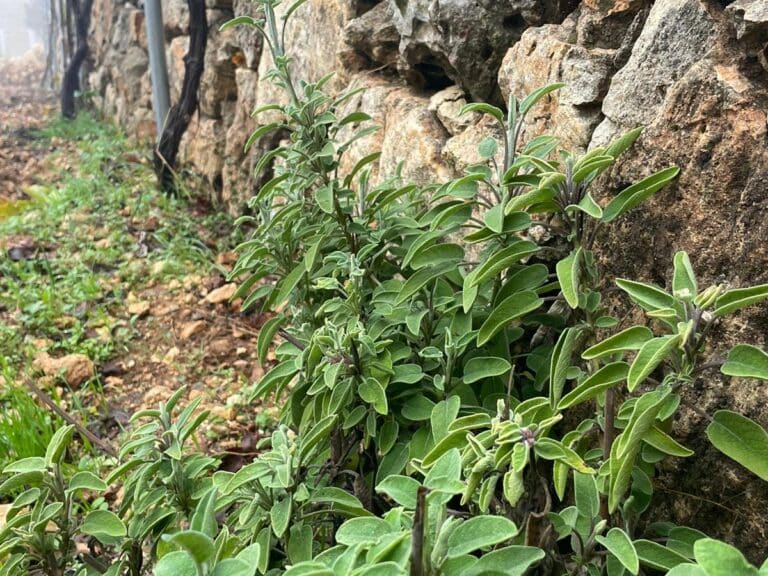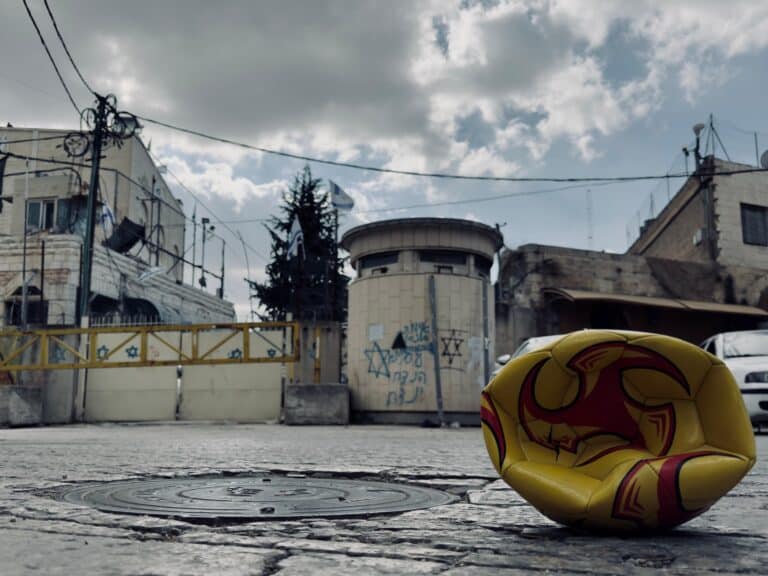Dear reader – we know that CPT has a diverse constituency with varying viewpoints on justice issues. We believe that peacemaking is a journey we are traveling on together. Over the next few weeks we will be publishing articles reflecting on the theme of abolition. We invite you to read and reflect with us. Send us your thoughts at peacemakers@cpt.org.
You can read the other articles in the series, CPT Reservist Chuck Wright’s ‘My journey towards abolitionism’ and Turtle Island Solidarity Network’s ‘Abolition: building community to transform violence and oppression’.
“Nobody’s free until everybody’s free.” – Fannie Lou Hamer
I’m an abolitionist, in heart and mind, a conviction that has grown within me over time and alongside my experience working for liberation.
Early in my career, I worked with women incarcerated in New York state in the US. Many women were convicted under the draconian Rockefeller drug laws which required long mandatory sentences based on possessing or selling small amounts of illegal substances. The vast majority of incarcerated women were mothers, separated from their children during their incarceration. As I spent time in prisons, and with women released back to the community, I understood prison wasn’t deterring crime or even necessarily keeping the community safe, but was in fact causing more harm. Most women were in for nonviolent crimes, and the women who were convicted for assault or murder were usually victims of domestic violence who had harmed their abusers. Alternatives to incarceration in these cases were proven to be more effective in reducing recidivism and also kept families together. It was not hard for me to reach a position against incarceration for women convicted of non-violent crimes, or who had acted in self-defense. But total prison abolition? That was a bigger stretch for me.
I got stuck on a question: but what about those who commit murder, serial killers, those who commit sexual violence? How do we keep the community safe from harm without prisons? I didn’t have a practical answer to those questions, or experience with alternatives to incarceration for people who committed violence. And so I continued to believe that prison was, indeed, needed for the safety of the broader community – not unlike those who believe in just war, I wasn’t fully committed to another way.
And then I joined the community advisory board for one of the women’s prisons in New York City. Incarcerated women were also on the advisory board, and they asked some of us living on the outside to start a college program with them, so that they could study and earn a college degree while in prison. During the years we worked side by side to build the college program, my heart began to long for an end to all prisons, because I wanted freedom for my colleagues. My mind still didn’t have an answer for the question of whether prison needed to exist, in some cases, for safety, but I had found another starting point that I couldn’t deny. My belief in abolition grew from my own values, my belief in each person’s inherent dignity, worth, and belovedness. My desire for restoration, healing, and wholeness – even in the face of conflict and harm – led to my conviction that the entire carceral system must be dismantled and re-imagined toward justice and healing.
Bryan Stevenson says, “Everyone is more than the worst thing they’ve ever done.” Stevenson, founder of the Equal Justice Initiative, defends those who are unfairly imprisoned, especially those wrongfully condemned to death row in the US. He has dedicated his life to ending the injustice that is the death penalty. If we start with the belief that each person is deserving of grace and dignity, regardless of what they have done, we can imagine a different approach. A premise that people deserve a second chance, a real opportunity for transformation and restoration, healing from trauma and a way out of poverty. An outlook that recognizes that the current system both criminalizes poverty, and profits from incarceration.
We don’t have to have all the answers to begin to move toward a change. As my heart grew convicted that the current carceral system is bent on destruction, re-traumatization and humiliation of all who touch it (including those who are employed by it), I came to the belief that this all must be dismantled, abolished, following the lead of many who have been at the helm of this movement. Angela Davis says, “If we’re going to begin the process of eliminating structural racism, we certainly have to start with prisons.”
And when we center the care of all people, especially those most impacted by trauma, racism, poverty, and the carceral system, our imaginations are free to dream of a different future. The Abolitionist Law Center states, “We see the possibility for communities strengthened by moving from a model of punishment to one of accountability and transformative justice – by shifting not just how we respond collectively to harm, but also to how we relate to one another and take collective care of each other.” This approach takes work, it takes dedication, it takes all of us.
At CPT, we are on a journey toward abolition in our practices, both in the ways we interact with armed actors and state agents, and our own personnel, policies and practices. While our interaction and coordination with state actors differs depending on the context, we are clear that our safety lies with each other. We dedicate time and resources to developing and training CPTers on safety protocols relevant to each context. Recently, at a protest rally in Washington DC, a small group including two other trained CPTers and myself were called in to de-escalate a volatile situation with trust and communication as our strongest tool. Our CPT training and experience gave us the confidence and skills to stand together and creatively maintain safety for the crowd, without calling in law enforcement to step in.
In our internal practices, we have begun to integrate transformative justice into our policies and guidelines. Our work of witnessing humans harming other humans, documenting violence and oppression, and providing unarmed accompaniment to people under threat means we are especially susceptible to the harmful effects of secondary trauma, compassion fatigue, and burnout. Many times this means we turn on each other instead of being able to heal our own trauma. As we continue to recognize this, we are reshaping our policies and practices to invite a more healthy approach to conflict, one that invites accountability and does not preclude repair and restoration.
In Brian Stevenson’s words, “to achieve meaningful change, people must be willing to take uncomfortable steps. It’s human nature to want to stick with what’s safe and familiar … It just means you actually have to make a decision … to do what’s uncomfortable.” May our imaginations and our compassion expand to do the difficult and uncomfortable work – until all of us are free.






